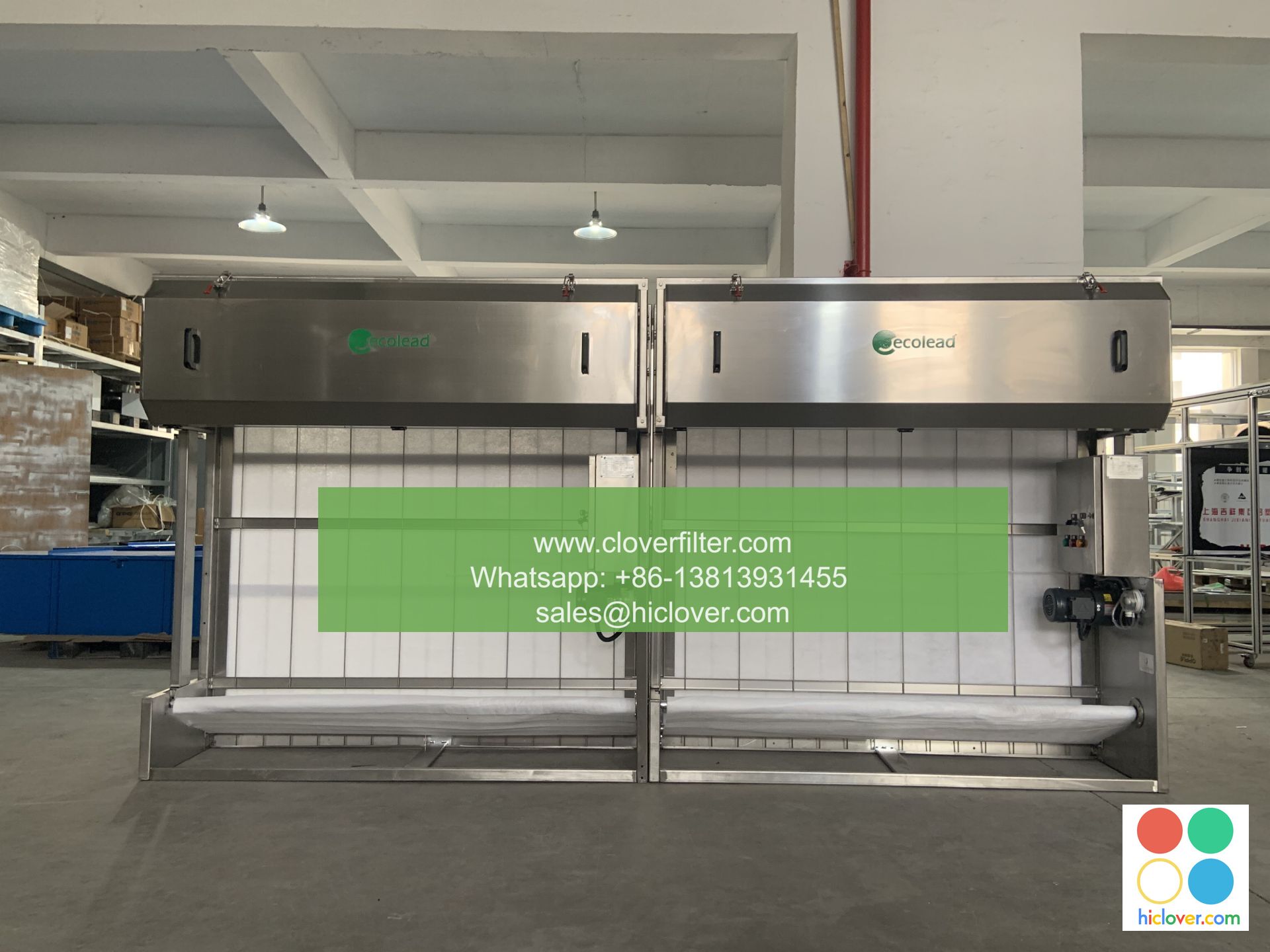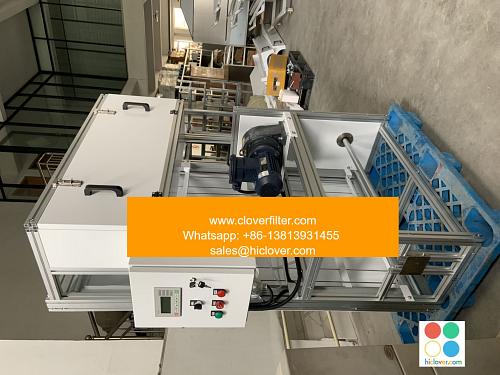Optimizing Cleanroom Air Flow with Automatic Roll Air Filters and Computational Fluid Dynamics

Cleanrooms are controlled environments that require precise air flow management to maintain high levels of purity and minimize contamination. The use of Automatic Roll Air Filters (ARAF) and Computational Fluid Dynamics (CFD) can play a crucial role in optimizing cleanroom air flow, ensuring the production of high-quality products in various industries such as pharmaceuticals, biotechnology, and semiconductor manufacturing. In this article, we will explore the benefits of combining ARAF and CFD to achieve optimal cleanroom air flow.
Understanding the Importance of Cleanroom Air Flow
Cleanroom air flow is critical in preventing contamination and ensuring the quality of products. Turbulent air flow and dead zones can lead to the accumulation of particles and contaminants, compromising the integrity of the cleanroom. ARAF systems can help mitigate these issues by providing a consistent and laminar air flow, while CFD can be used to simulate and optimize the air flow patterns.
Automatic Roll Air Filters (ARAF): A Key Component in Cleanroom Air Flow Management
ARAF systems are designed to provide a continuous supply of filtered air to the cleanroom, minimizing the risk of contamination. These systems use a roll filter that automatically advances to a new, clean section, ensuring a consistent air flow and reducing the need for manual filter replacements. ARAF systems can be integrated with HEPA filters or ULPA filters to achieve high levels of air purity.
Computational Fluid Dynamics (CFD): A Powerful Tool for Optimizing Cleanroom Air Flow
CFD is a computational modeling technique that simulates the behavior of fluids (gases and liquids) in various environments. In the context of cleanroom air flow, CFD can be used to simulate the air flow patterns, identify dead zones and turbulent areas, and optimize the placement of air vents and filters. By leveraging CFD, cleanroom designers and operators can create a more efficient and effective air flow management system.
Application Areas: Where ARAF and CFD Can Make a Significant Impact
The combination of ARAF and CFD can be applied to various industries, including:
* Pharmaceutical manufacturing: Ensuring the quality and purity of pharmaceutical products requires precise control over cleanroom air flow.
* Biotechnology: The production of biotechnology products, such as vaccines and biologics, demands a high level of air purity and control.
* Semiconductor manufacturing: The production of semiconductors requires a highly controlled environment to prevent contamination and ensure product quality.
* Food processing: Cleanrooms are used in food processing to prevent contamination and ensure the quality of food products.
* Hospitals and healthcare facilities: Cleanrooms are used in hospitals and healthcare facilities to provide a sterile environment for surgical procedures and patient care.
Conclusion
Optimizing cleanroom air flow is crucial for ensuring the quality and purity of products in various industries. The combination of Automatic Roll Air Filters (ARAF) and Computational Fluid Dynamics (CFD) can play a significant role in achieving optimal cleanroom air flow. By leveraging these technologies, cleanroom designers and operators can create a more efficient and effective air flow management system, minimizing the risk of contamination and ensuring the production of high-quality products. As the demand for cleanroom technology continues to grow, the use of ARAF and CFD will become increasingly important in various application areas, including pharmaceuticals, biotechnology, and semiconductor manufacturing.

